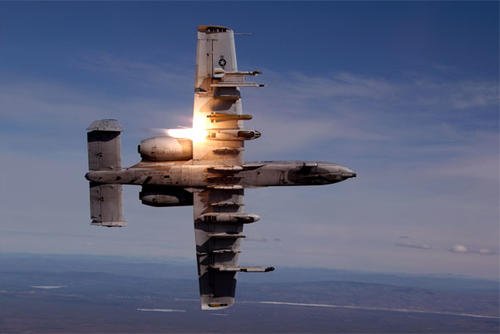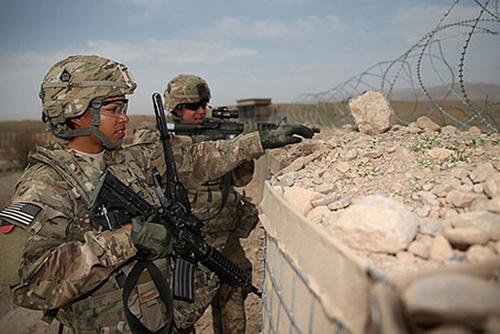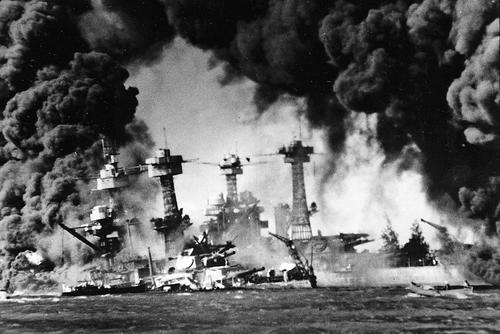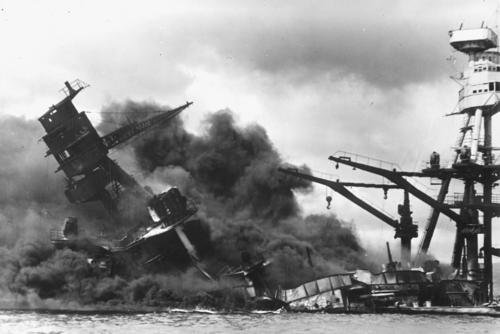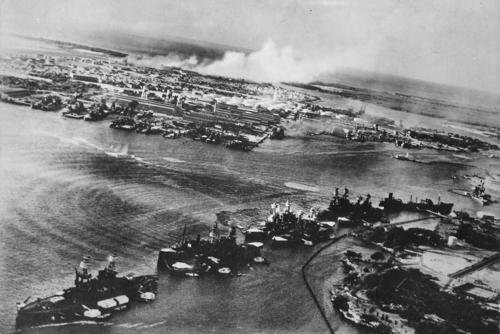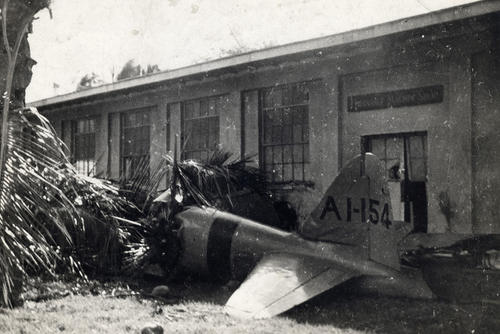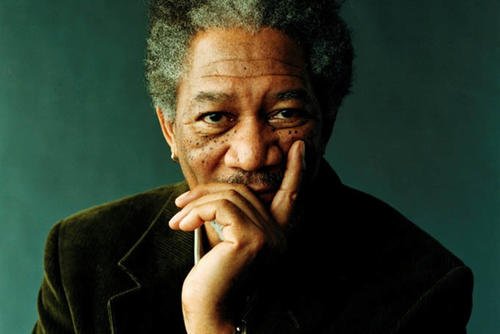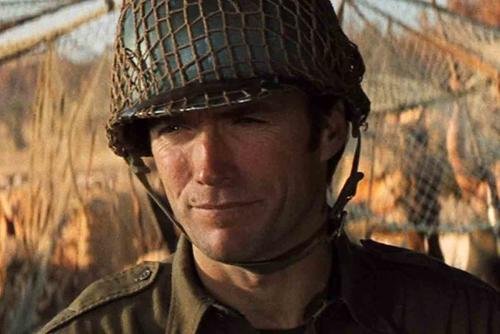
Decision 4 of 4
Result: Significant Union Victory
On the afternoon of July 3rd, a thunderous artillery barrage opened fire on the Union center. Northern guns returned the fire with solid effect, but were then ordered to cease their fire after an hour and a half to convince the rebels that the artillery preparation had been successful. Little did they realize that it was a diversion.
Over fifteen thousand soldiers of Pickett's division and brigades from the Confederate I and III Corps surged forward towards the Round Tops and the flat ground beyond. The Union commander, George Meade, had anticipated this attack and most of his reserves were available to resist the assault. (Continued below map)

George Pickett's men were able to penetrate further up the Taneytown Pike and gain over a half-mile of territory, but Union counterattacks were steady and numerous. As night fell, the Union lines stabilized and held, again, with no clear victor. Both sides suffered over twenty thousand killed, wounded, or captured each -- nearly a quarter of their respective army's strengths.
The battle was over. The Army of North Virginia had scored some tactical successes on the battlefield, but by not winning a decisive victory, the South had lost perhaps its last, best chance to end the war on its terms. The next day, on July 4th, the rebels retreated south towards Virginia. They would never again invade the North.
